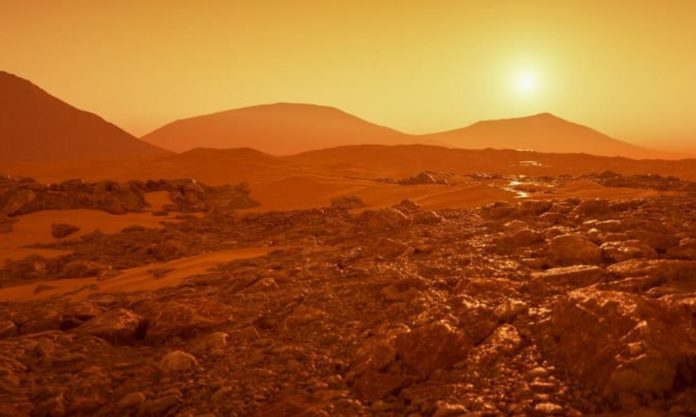The new theory includes “weird” rocks that reacted with saltwater in just the right way to push living matter into existence during Earth’s early years.
“This period is the most enigmatic time in Earth history,” says Professor Jun Korenaga, co-author.
According to the professor, this is “the most complete theory, by far, for Earth’s first 500 million years.”
Yoshinori Miyazaki, a former Yale graduate student who is currently a Stanback Postdoctoral Fellow at Caltech, is the study’s first author. The research is based on Miyazaki’s Yale dissertation’s last chapter.
According to the majority of scientists, Earth originated with an atmosphere similar to that of Venus. Its skies were thick with carbon dioxide, more than 100,000 times that of today’s atmosphere, and the Earth’s surface temperature would have soared to over 400 degrees Fahrenheit.
Under such conditions, experts believe, biological life would not have been able to begin.
“Somehow, a massive amount of atmospheric carbon had to be removed,” Miyazaki adds. As “there is no rock record preserved from the early Earth, we set out to build a theoretical model for the very early Earth from scratch.”
Miyazaki and Korenaga constructed their model by incorporating elements of thermodynamics, fluid mechanics, and atmospheric physics. They eventually landed on a radical hypothesis: early Earth was covered in rocks that do not exist today.
“These rocks would have been enriched in a mineral called pyroxene, and they likely had a dark greenish color,” Miyazaki explains. “More importantly, they were extremely enriched in magnesium, with a concentration level seldom observed in present-day rocks.”
According to Miyazaki, magnesium-rich minerals react with carbon dioxide to form carbonates, which play an important role in carbon sequestration in the atmosphere.
As the molten Earth began to solidify, the hydrated, moist mantle—the planet’s 3,000-kilometer-thick rocky layer—convected vigorously, according to the researchers. The combination of a wet mantle and high-magnesium pyroxenites accelerated the removal of CO2 from the atmosphere substantially.
Indeed, the pace of atmospheric carbon sequestration would have been more than ten times faster than with a mantle of modern-day rocks, taking only 160 million years, according to the researchers.
“As an added bonus, these ‘weird’ rocks on the early Earth would readily react with seawater to generate a large flux of hydrogen, which is widely believed to be essential for the creation of biomolecules,” Korenaga adds.
The effect would be analogous to the Lost City hydrothermal field in the Atlantic Ocean, which is a unique sort of current deep-sea thermal vent. The abiotic generation of hydrogen and methane by the Lost City hydrothermal field has made it a desirable place for studying the genesis of life on Earth.
“Our theory has the potential to address not just how Earth became habitable, but also why life emerged on it,” Korenaga ends.
Source: 10.1038/s41586-021-04371-9
Image Credit: Getty
You were reading: Early Earth from scratch: Scientists reveal how “weird” rocks turned into living matter
